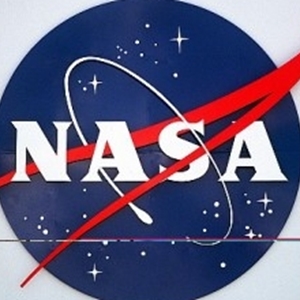Computerworld recently reported on a special ongoing project from NASA, which saw the organization transfer legacy applications to the cloud to increase efficiency. Its path can be seen as one other companies with significant legacy systems will learn from.
The effort has taken more than a year already, and involves transitioning more than 100 websites and applications into the cloud, with 1,500 websites still left to go. It also currently manages 100 different applications on the public and private clouds offered by Amazon.
The source quotes Roopangi Kadakia, web services executive for NASA, on the lessons learnt so far during this move, and what they mean for its future. Kadakia says the experience has changed her opinion of what is possible within the cloud for the organization.
"Going through that, we were able to see how you optimize legacy applications," she told ComputerWorld. "It can't be business as usual. There's a whole set of different ways to think about the cloud. If we get folks to that point, we can really start creating a strategy so you have better access to information anytime and anywhere."
Though the age of the legacy software that NASA had to update posed a conversion problem, the source says that they have reduced the amount of time it takes to update a website by 18 minutes. By the end of the year, NASA is expected to build 30 new applications within the cloud.
Because it is such a visible organization, NASA has the potential to set a trend with this effort. But businesses and public organizations alike have the opportunity to make modernization simpler with the right mainframe terminal emulator tools.

